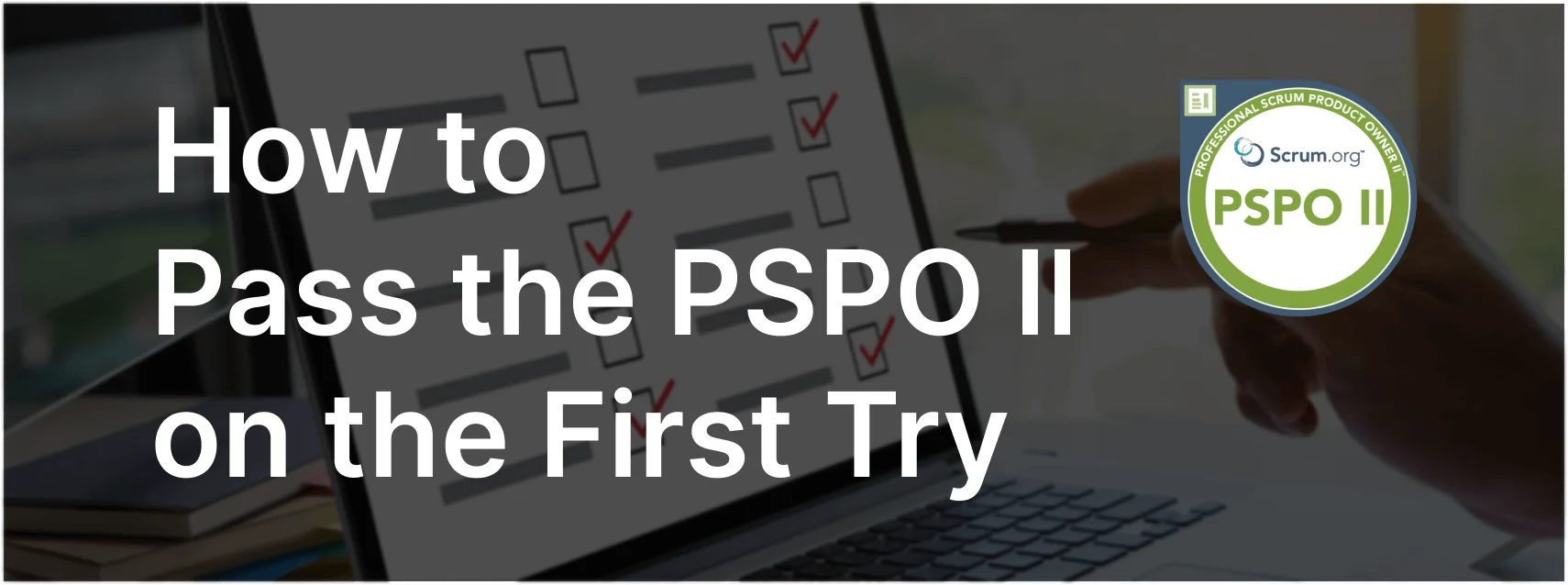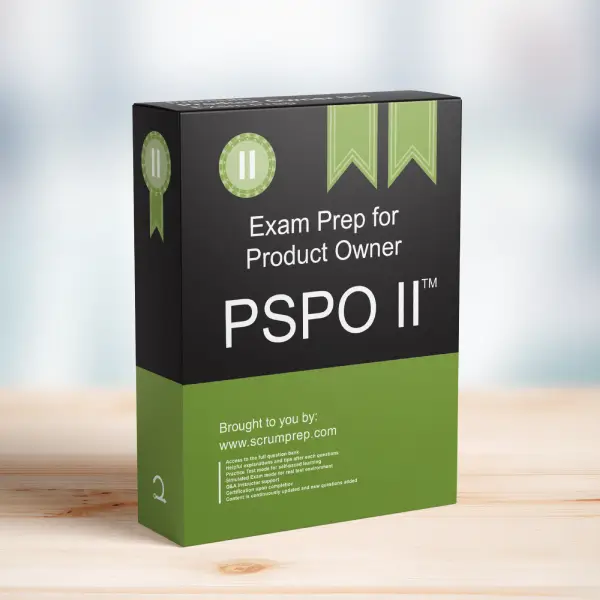Investment Strategy for Products with Differing Values
Understanding how to allocate investments between products with varying levels of current and unrealized value is critical for a Product Owner. This decision impacts the long-term success and sustainability of the product portfolio.
Exam Question
Product A is a big revenue producer; it has:
– high Current Value and low Unrealized Value.
Product B is a new product with a lot of potential; it has:
– low Current Value and high Unrealized Value.
Using those two data points and taking a long-term view, which of the options below should you pursue?
(choose the best answer)
A. Invest equally in both products.
B. Weight your investment toward Product A; you do not want to risk losing customers.
C. Weight your investment toward Product B; since it has more potential.
Correct Answer
C. Weight your investment toward Product B; since it has more potential.
Explanation
Correct Answer
C. Weight your investment toward Product B; since it has more potential:
Product B, with its high Unrealized Value, indicates a significant potential for future growth and value creation. By investing more heavily in Product B, you position yourself to capture this potential value, which could lead to substantial long-term benefits. Balancing current success with future potential is key to sustaining growth and innovation.
Incorrect Answers
A. Invest equally in both products: Equal investment does not consider the differing potential of each product. While it might seem balanced, it does not strategically leverage the high potential of Product B.
B. Weight your investment toward Product A; you do not want to risk losing customers: While Product A is currently a significant revenue producer, its low Unrealized Value suggests limited future growth. Over-investing in Product A could lead to missed opportunities to capitalize on the high potential of Product B.
Responsibilities in Scrum
- Product Owner: Responsible for making investment decisions that balance current value and future potential. This involves analyzing market trends, customer feedback, and the potential for growth to make informed decisions that maximize long-term value.
- Scrum Master: Supports the Product Owner by facilitating discussions and ensuring that the Scrum framework is effectively utilized to assess and realize the value of different products.
- Developers: Provide input based on their technical expertise and market knowledge to help the Product Owner understand the feasibility and potential impact of investment decisions.
Relevance to the PSPO II Exam
Understanding how to strategically allocate investments between products with differing values is essential for the PSPO II exam. This knowledge ensures that candidates can make informed decisions that balance current success with future growth, a key aspect of effective product management.
Key Takeaways
- Product B’s high Unrealized Value represents significant future potential, making it a strategic investment focus.
- Product A’s high Current Value and low Unrealized Value suggest limited future growth, warranting a more conservative investment approach.
- Effective investment decisions involve balancing current revenue generation with the potential for future growth.
Conclusion
Investing in products with high unrealized value while maintaining the stability of current revenue-generating products is crucial for long-term success. By focusing on Product B’s potential, you can drive innovation and growth, ensuring a sustainable and profitable product portfolio. For more information on preparing for the PSPO II exam, visit our PSPO II Exam Prep.



